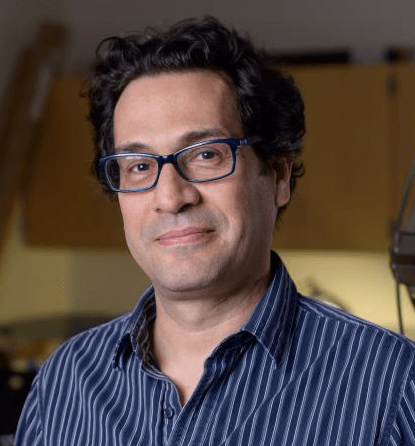
On 1 May, experimental astroparticle physicist Ignacio Taboada of the Georgia Institute of Technology began his two-year term as spokesperson of the IceCube collaboration. He replaces Darren Grant who has served as spokesperson for the South Pole neutrino observatory since 2019, during which time the collaboration made the first measurements of tau-neutrino appearance with IceCube DeepCore and reported the first observation of high-energy astrophysical tau neutrinos.
Taboada currently leads a research group at the Center for Relativistic Astrophysics at Georgia Tech, which has made significant contributions to IceCube by using data to search for neutrinos from transient sources, including blazar flares. Among his goals as spokesperson is to help consolidate the potential future of IceCube, IceCube-Gen2 – a proposed $350M upgrade that would increase the annual rate of cosmic neutrino observations by an order of magnitude, while increasing the sensitivity to point sources by a factor of five.
I want to make sure that everybody that is related to IceCube in one way or another feels welcome
Ignacio Taboada
“IceCube was initially conceived to study astrophysical neutrinos and to search for the sources of astrophysical neutrinos. However, the breadth of science that it can do in other areas — glaciology, cosmic rays, PeV gamma ray sources, searches for dark matter, etc. — has allowed IceCube to produce really good scientific results for a decade or longer,” says Taboada. “Because Gen2 is standing on similar premises, I think it has a really bright future.”
Another goal is to make every IceCube member feel welcome, he explains. “There are 350 authors whose names go into papers, but I want to make sure that everybody that is related to IceCube in one way or another feels welcome within IceCube. When I joined the AMANDA collaboration, the predecessor of IceCube, in the late 1990s it was maybe 25 people. Now that it’s a gigantic enterprise, it is very easy, for example, for new PhD students to feel intimidated by professors, the analysis coordinator, the spokesperson. That’s not what I want—what I want is for everybody to feel welcome, because every single one of these people has tremendous potential to contribute to the experiment.”








